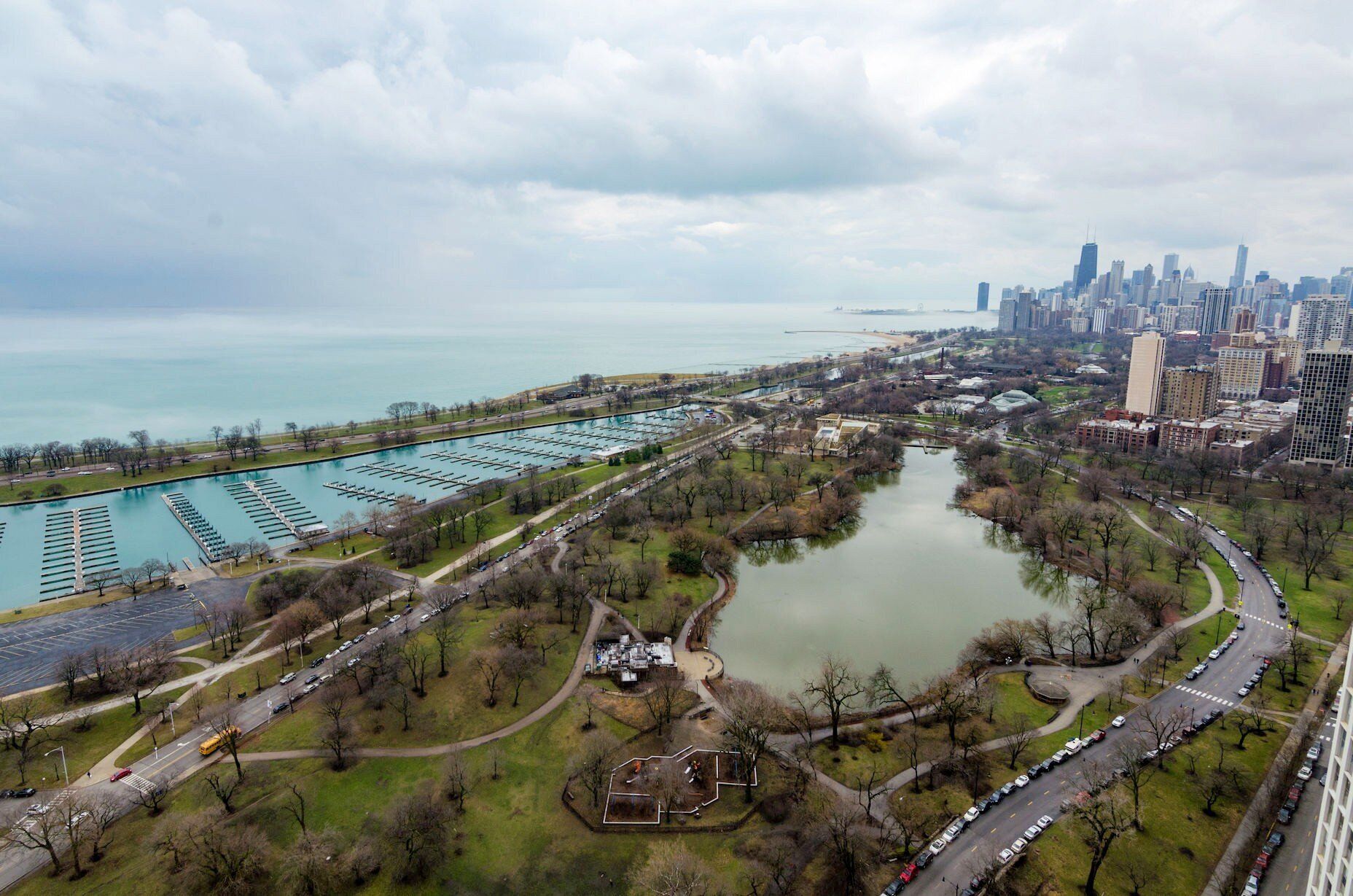

5 “haunted” places in Chicago
Explore five Chicago locations with eerie histories and urban legends, from ghostly apparitions at Camp Douglas to unexplained phenomena at Holy Name Cathedral.
Explore five Chicago locations with eerie histories and urban legends, from ghostly apparitions at Camp Douglas to unexplained phenomena at Holy Name Cathedral.
by Ashley Powers, Web Specialist, E-commerce
Although the events around our history are fact, the urban legends and stories of supernatural occurrences are left up to those who choose to believe. Here are five Chicago locations that are said to exhume supernatural spirits in one form or another.
1. CAMP DOUGLAS
Opened in 1861 as a training site for newly enlisted Chicagoans, Camp Douglas became a Prisoner of War camp for Confederate soldiers shortly after, in 1862. Meant to hold 4,000, the Camp was at one point, packed with nearly 12,000 prisoners. Conditions were deplorable: sanitary conditions were awful, there were no sewers, and meals consisted of potatoes and bad beef. Thousands died of diseases such as malaria and smallpox. The dead were buried in the city cemetery but then moved to make Lincoln Park. While their final resting place is at Oak Woods Cemetery, many souls are said to still wander the Camp Douglas site appearing as shadowy male figures in period dress who occasionally grab the arm or hand of a passer-by.
2. CONGRESS PLAZA HOTEL
Built to house visitors for the 1893 World’s Fair, the Congress Plaza Hotel is a beautiful historic building with a guest list that includes U.S. presidents, artists and a long line of celebrities. However a building with a history as colorful as the Congress comes with its fair share of ghost stories. Legend has it the elevator often makes unplanned stops on the eighth floor, and there are regular complaints of unexplained whispers and moving objects on the fourth and twelfth floors. However the most storied apparition is that of Al Capone, who frequented the Congress Plaza Hotel during his heyday as a Chicago mobster.
3. ALLEY OF THE BIOGRAPH THEATER
A major site of Chicago’s true crime history is the Biograph Theater (current day Victory Gardens Biograph Theater). In an alley behind this theater in 1934, FBI agents moved in on notorious criminal John Dillinger as he left the theater. When he apparently pulled a gun out of his pocket and tried to escape, he was swiftly shot and killed. Legend has it that Dillinger’s ghost still haunts this very alley. A shadowy figure has been seen either running along the sidewalk or in the alley, and suddenly disappears upon falling to the ground. Some even believe that Dillinger wasn’t the man shot that day, but it was in fact a lookalike, and the ghost reported is actually that of the man set up to be shot in place of Dillinger.
4. LINCOLN PARK
Lincoln Park is known to Chicagoans as a luscious green space along Chicago’s lakefront, but it wasn’t always a treasured city park. Prior to 1865, the land was actually used as a city cemetery. Throughout the late 1800s, as the neighborhood grew and became more residential, there was increased pressure to remove the corpses, due to obvious health concerns. Thousands of bodies were eventually dug up and moved to other cemeteries in the city--but many bodies were left behind. One researcher estimates that up to 10,000 bodies could still be buried in Lincoln Park today. Among the exhumed were Frances Pearce and her infant daughter, who died within months of each other. Their new tomb at Rosehill Cemetery includes a large statue of mother and daughter, enclosed in glass. Legend has it that on the anniversary of Frances’s death, the case fills up with a mysterious white mist.
5. HOLY NAME CATHEDRAL
In the early 1920s, during the peak of Chicago’s mob rivalry, infamous gangster Dean O’Banion was killed at his flower shop, which stood on what is now an empty parking lot across from Holy Name Cathedral. This murder sparked a five-year long war between gangs, which ended in the Valentine’s Day Massacre of 1929. Another casualty of this ongoing battle was O’Banion’s protege Hymie Weiss, who was killed on the steps of Holy Name Cathedral in 1926. The bullet holes from this shooting can still be seen on the building’s facade. Legend has it that despite many repair attempts, the holes are unable to be covered. Repair materials either never harden, or fall off the exterior. However, not everyone believes this unexplained phenomenon to be negative–newlyweds married at Holy Name Cathedral often run their hands over the markings for good luck.
